As part of the V&A’s ongoing collaboration with China Merchants Group, Luisa E. Mengoni, currently stationed in Shenzhen as Head of the V&A Gallery, reports from the frontlines of Chinese design and manufacturing. Here we present a series of reports on current events and dialogues with some of the region’s most influential and insightful figures. The aim is to get a finger on the pulse concerning the monumental shifts taking place in the way things are designed and made, from one of the most important manufacturing centres in the world.
Enthusiasm and drive are palpable when talking with Kevin Lau, maker and DIY enthusiast, who divides his time between Seeed as VP of Branding and Community (what he defines the ‘Ecosystem Department’) and his role as the Director of the Shenzhen Maker Faire. Kevin comes from Shanwei in Guangdong Province and is trained in mechanical engineering and computer science, with periods spent in Germany (Bremen) studying computer science, application science, art and business, and in Hong Kong working as an artist of digital installations while producing commercials for Hello Kitty. Kevin landed in Shenzhen in 2011 and is one of the most vocal figures in the Maker movement in the city. His vision and ambition are to promote the Maker philosophy and make sure that it is known, shared and enjoyed by as many people as possible, from kids to adults, hobbyists to specialists. Several outreach events and initiatives have been organised in town with groups of makers, volunteers and supporters.
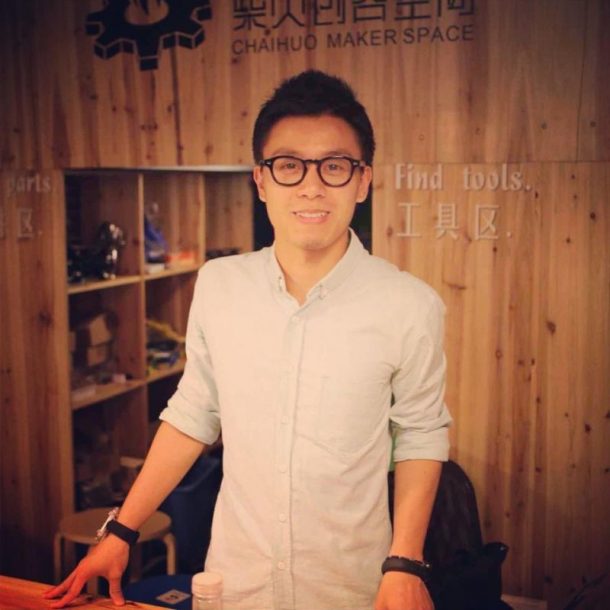
A first step towards opening up the Maker world in Shenzhen has been the establishment of the Chaihuo Maker Space (柴火窗客空间) in 2011. Sponsored by Seeed (see also my previous blog post here) this is the first hackerspace in Shenzhen, providing a platform that enables designers, DIY enthusiasts, inventors and makers to develop their ideas in a supportive environment, attend workshops and share their experiences, while occasional visitors can have a go in using controllers and circuits to make all sorts of things.
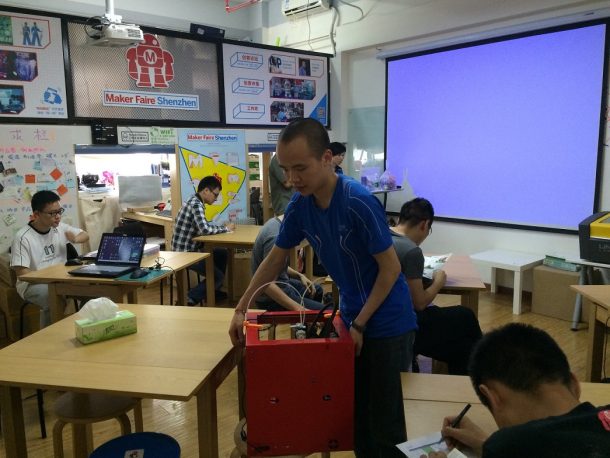
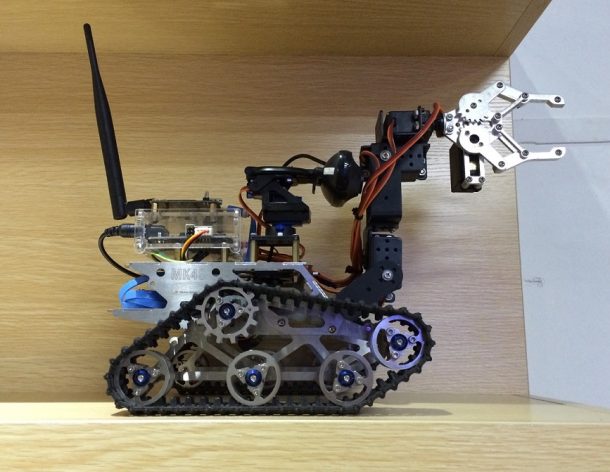
Chaihuo Makerspace has already collaborated with several designers and organisations, including Google, Microsoft, MIT, NASA and MAKEZINE, and their members are often out in public venues such as plazas and shopping malls with colourful pop-up stations (柴火把 ), particularly welcomed by families and kids. One of their most used and handy leaflets is the Map of Shenzhen Makers and Electronic Hackers, which gives a full description of how to navigate through the Huaqiangbei 华强北electronics market in search for components and electronic devices.
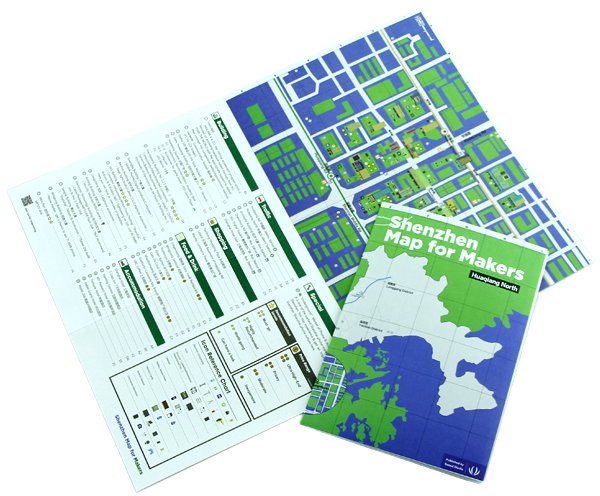
The big event for makers in the region is the Shenzhen Maker Faire, part of the global Maker Faire network that was initiated in San Mateo, California, in 2006. After a timid start in 2012-2013, the Shenzhen Maker Faire has grown considerably until 2014 and this year’s 4th edition (19-21 June 2015) promises to be full of events, displays, networking opportunities and entertainment. Maker camps are running at the same time. Kevin Lau is keen to position the Shenzhen Maker Faire as part of the international Maker Faire network, which now counts around 100 fairs across the world, and to emphasise the spirit of a global community sharing similar interests and practices. In addition to private sponsors, such as Intel, Qualcomm, Mediatech and Seeed, this year’s edition will also be supported by the Shenzhen government, following the growing interest by the Chinese central government in Maker groups and their potential in relation to innovation and creativity. Kevin was directly involved in the visit of Li Keqiang to Shenzhen back in January and since then he has hosted 300 visits to the Chaihuo hackerspace. Young and innovative groups are also becoming interesting prospects for larger companies that are moving to Shenzhen and reshaping their investment and research strategies. Kevin mentions the Nanshan Software Park (南山软件园), the new district for electronics and innovation where corporate giants like Baidu and Tension as well as a new Music Building (A8) are opening their headquarters with a view into supporting and integrating interesting start-ups.
In the rest of China more events are spreading fast. A Maker Carnival is now organised every year in Beijing and Shanghai, and more recently in Shenzhen. A large stand called ‘Maker Alliance’ (创客联盟) and a pop-up by the group Le Maker were set up in mid-May in an area of the Shenzhen International Cultural Industries Fair (11th edition) making a striking contrast with the hundreds of other stalls devoted to traditional crafts, tourist packages, film and advertising companies, and paintings. According to Kevin Lau, Maker communities across China have their own distinctive features. What characterises Shenzhen is the entrepreneurial spirit of young and small-scale start-ups (Chinese and foreign) that take advantage of the huge electronics market in the city and the open source system that has been developed by local factories during the last thirty years.
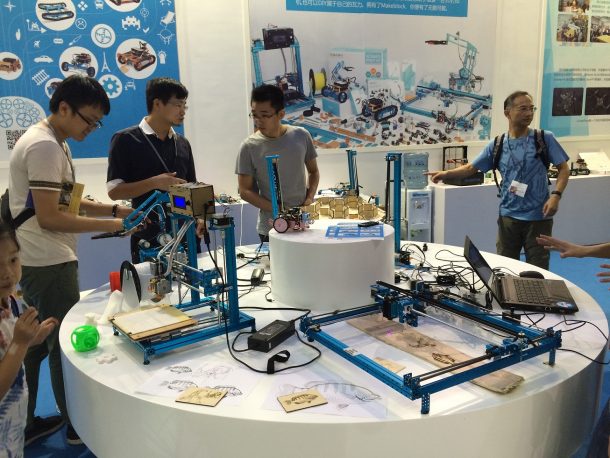
What’s next? It is interesting to hear Kevin’s opinion on what a museum of design can offer in Shenzhen, especially considering his interest in education, outreach and social responsibility. His ideal museum would highlight what makes Shenzhen special and different from the rest of the world, emphasising his manufacturing and open source system. More than a Chinese ‘Silicon Valley’ Kevin likes to think of Shenzhen as a ‘Hollywood of Makers’ where people from all over the world can congregate and make the most advanced and creative products. In his view a museum should also offer different perspectives on what design is and act as an inspirational source and an open venue for diverse groups in the community.
The connection with art is particularly important to Kevin and other makers, who are keen to combine the engineering and technical dimension of the Maker activities with artistic practices that could boost further creativity and innovation. It is not a coincidence that Eric Pan, founder of Seeed in 2008, initially set up the company to develop easy-to-use micro-controllers specifically intended for artists and users working in interactive design. Apparently one of the inspiring moments was his visit to Decode at CAFA in Beijing, the first digital art exhibition toured by the V&A to China. Eric Pan could see a gap in the market at a time when several Chinese artists were beginning to engage with digital art. The first such product was Seeeduino, a microcontroller similar to Arduino but more flexible and easier to use by non-specialists. It is now produced in several different types, including a recent Matryoshka-shaped Seeeduino. The second activity initiated by Seeed is more clearly directed to specialists, but it nevertheless embodies the same ambition to encourage creativity: a web platform that operates as a small-budget manufacturing office, facilitating the making of small quantities of items (below 10,000) out of prototypes or ideas suggested by makers and inventors. For each project there is a devoted team of 5-6 people. A quick look at the Seeed website gives an idea of the range of products that are submitted and put into manufacture. Some items are very personal and emotional, such as the Betwine band, a remote-controlled electronic health band developed by a maker living alone in Henan as a way of taking care of his parents.
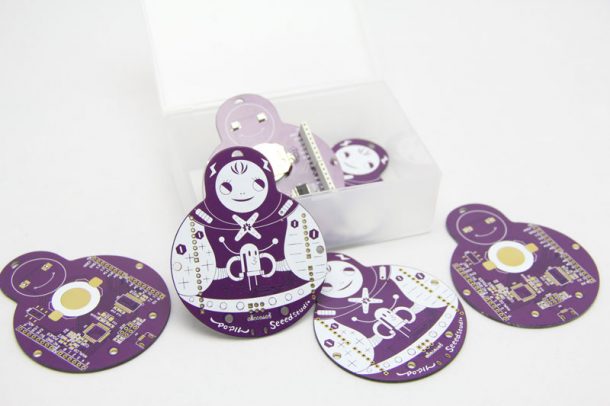
The Maker philosophy also resonates with other experiences in the wider field of digital and artisanal making. During the first edition of the Shenzhen Maker Faire in 2012 the creative studio Dimension+, originally from Taiwan and later expanded in Hong Kong, was invited to hold a solo exhibition featuring their distinctive hand-made crafted objects. Headed by Esther Tsai in Taipei and Keith Lam in Hong Kong, Dimension+ has its own Lab where interested people can congregate and use equipment (laser cutter, 3D printer, metal and wood cutting tools) and digital programmes to make their own things. Most recently they were hosted by K11 in Hong Kong as part the Art.Fab.Lab exhibition that included artists involved in digital making and new media. The creative concept of Fab Lab (Fabrication Laboratory), a low-cost laboratory for people who wish to make objects with digital tools, was initiated by Prof Neil Gershenfield in 1998 in a series of courses entitled ‘How to make (almost) anything’. Since the establishment of the first Fab Lab in Boston in 2001 there are now around 200 labs in the world. At this year’s edition, Maker Faire will host a Fab Lab lifestyle container exhibition.
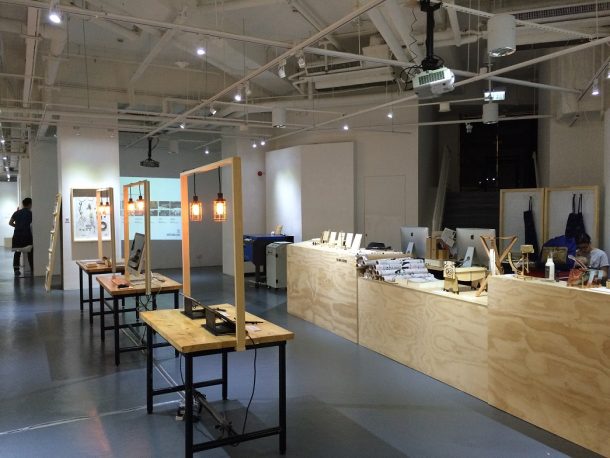
What all these events, activities, and collaboration convey is a strong re-orientation of creative practices towards the act and process of making, craft thinking and material sourcing, from the electronic products made in hackerspaces to crafted objects developed by Fab Labs and studios like Dimension+ to digital art works and installations that challenge established notions of art-making.
More info:
http://www.makerfaireshenzhen.com/English
http://www.seeed.cc/
http://www.shanghaimakercarnival.com/
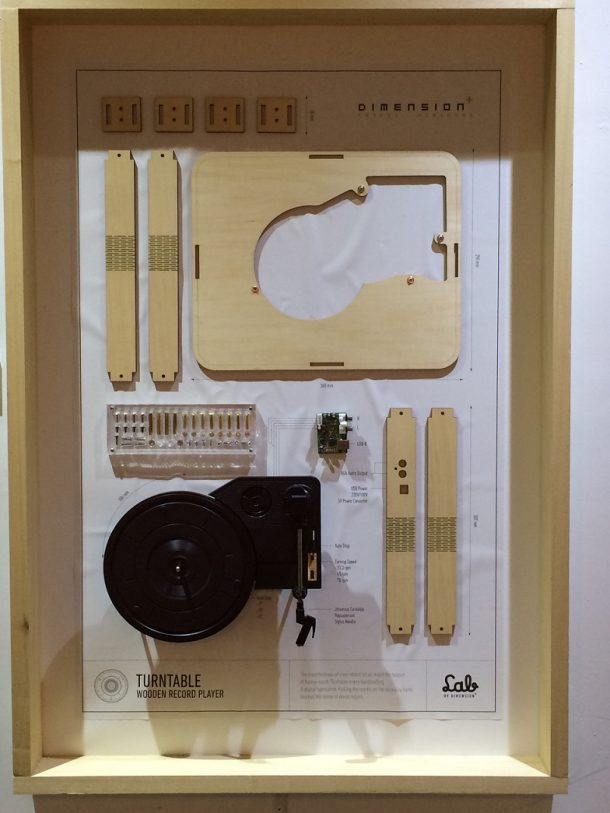
I am interested in Maker Space Robotic projects for our local school. Please send me information about how to go about purchasing those types of projects.
Thanks Doug Wilkinson